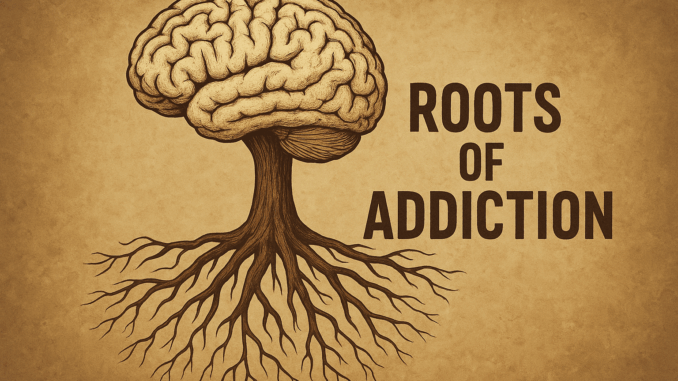
A Deeper Look Into Our Brain’s Desires
Addiction is often seen as a web of desire and consequence, ensnaring individuals in a cycle they can’t escape. But what really is addiction? It’s a chronic condition, marked by the brain’s relentless pursuit of reward through substances, despite the havoc it wreaks in one’s life.
The Brain’s Altered State: A Tale of Compulsion and Control
Think of addiction as a brain disorder, where the very circuits that should help us make wise choices and manage stress, instead, lead us down a path of compulsive substance seeking. It’s like the brain’s wiring gets rerouted, prioritizing drug use above all else, even when the person has stopped using drugs.
The Heart of the Matter: Addiction’s Parallels with Physical Ailments
Addiction mirrors diseases like heart disease in its ability to disrupt normal functioning and its potential for serious harm. Both can be preventable and treatable, yet if ignored, they may become lifelong burdens or even cause death.
Why Do People Start Using Drugs?
The allure of drugs often stems from the pursuit of pleasure, relief, or enhanced performance. Whether it’s the euphoric rush of stimulants or the calm of opioids, the initial high can be irresistible. However, for some, substances become a crutch to cope with anxiety or stress, leading them into the addiction trap.
The Downward Spiral: From Pleasure to Necessity
While drugs might initially seem like a gateway to happiness or a means to alleviate stress, they gradually take over, diminishing all other joys in life. The need for the drug escalates, pushing the user into a relentless cycle of dependency.
The Road to Addiction: A Path Paved with Choice and Compulsion
Though the first drug use might be voluntary, it can quickly spiral into an uncontrollable urge, a hallmark of addiction. Brain imaging reveals the profound changes in brain regions essential for decision-making and behavior control, illustrating the compulsive nature of addiction.
The Puzzle of Addiction: Why Only Some Get Hooked
Not everyone who experiments with drugs becomes addicted. The journey into addiction is complex, influenced by a mix of risk factors like aggressive behavior in childhood or lack of parental supervision, and protective factors such as self-efficacy and positive relationships.
Biological and Environmental Influences: The Twin Pillars of Addiction Risk
Genetics, development stage, and environmental conditions like family dynamics, peer influence, and school atmosphere play significant roles in the risk of developing addiction. Early drug use and the method of consumption can also heighten the risk, making the brain more susceptible to addiction.
In conclusion, addiction is a multifaceted disorder, rooted in both the brain’s changed responses to pleasure and a myriad of personal and environmental factors. Understanding the depth and breadth of addiction is crucial for addressing this pervasive issue effectively.
References
https://nida.nih.gov/publications/drugs-brains-behavior-science-addiction/drug-misuse-addiction

Leave a Reply